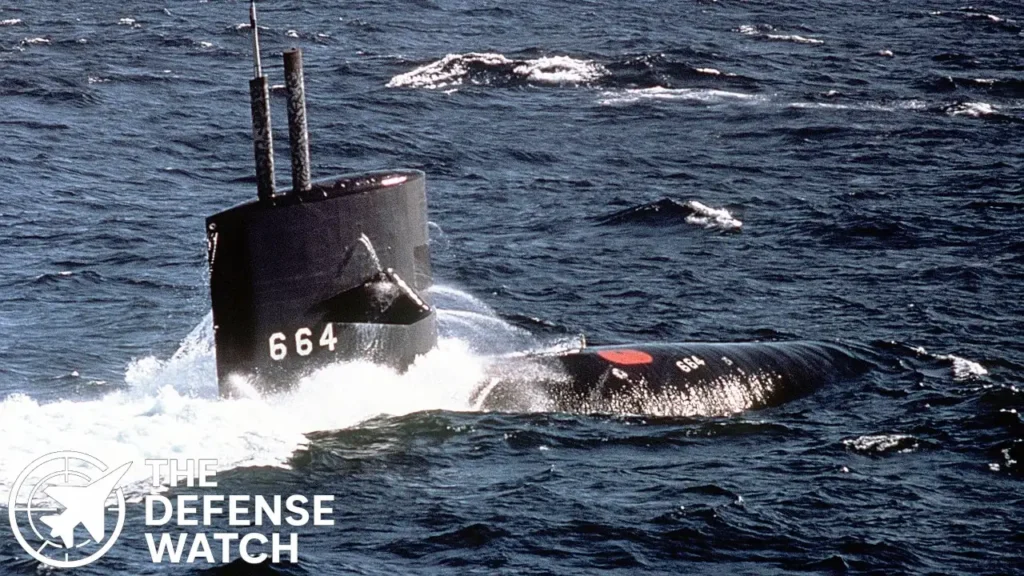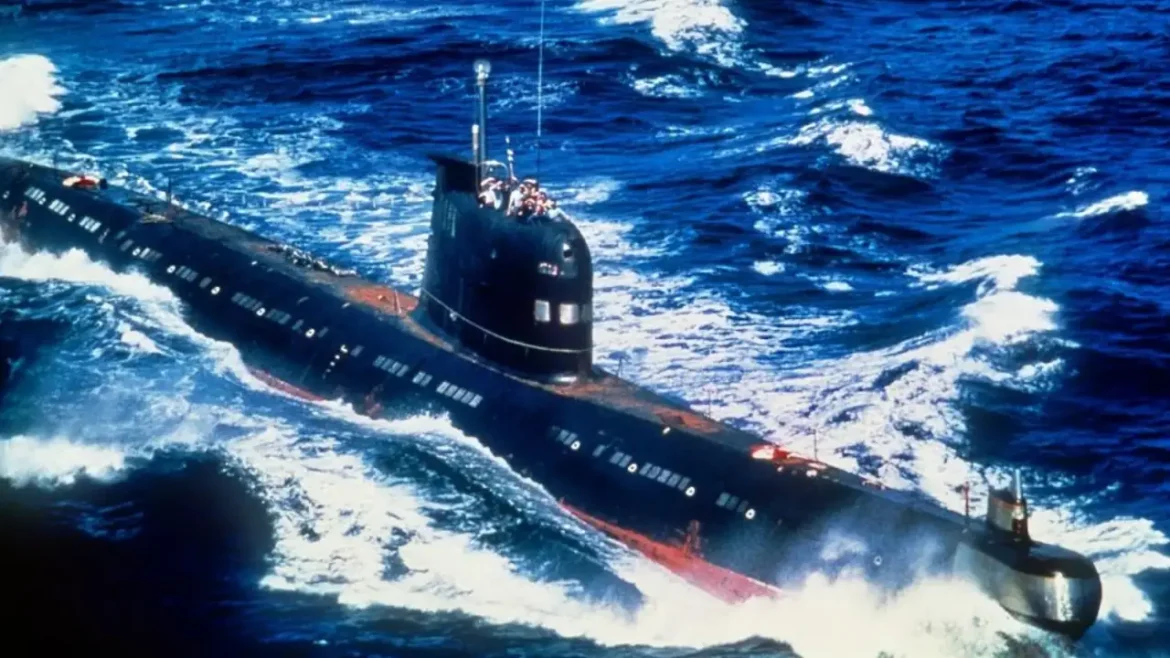The Unlikely Sinker: USS Guitarro and the “Uncovered Manhole” Disaster
On May 15, 1969, the U.S. Navy’s brand-new nuclear attack submarine USS Guitarro (SSN-665) sank while tied up at Mare Island Naval Shipyard. The cause was not enemy action or deep-sea disaster—but a seemingly mundane engineering oversight: an open manhole in the bow sonar dome left unsealed during maintenance.
Though the sinking might read like a naval footnote, it contains enduring lessons in configuration control, human factors in shipbuilding, and the catastrophic consequences of small omissions in submarine environments. Below, we reconstruct the incident, its aftermath, and its relevance to modern naval safety programs.
How the Submarine Sank: A Chain of Preventable Failures
Removing Safety Barriers Without Replacement
During the Guitarro’s fitting-out, the bow structure housed a sonar dome with multiple transducers. A manhole provided internal access and was normally sealed by a bolted cover and protected by a cofferdam (a three-foot-high barrier) to prevent incidental flooding.
In March 1969, maintenance work required removal of the cofferdam and the manhole cover so technicians could service the sonar transducers. Critically, the cover and cofferdam were never reinstalled. The manhole was physically sitting on the dock, and the cofferdam had been stored away.
Trim Tests, Miscommunication, and Flooding Cascade
On the day of the accident, two teams were concurrently altering the sub’s trim—one filling forward ballast tanks, the other draining aft tanks—without coordination or awareness of each other’s operations.
The changing buoyancy shifted the submarine’s draft, drawing water past the now-uncovered manhole and into the sonar dome. As flooding progressed, the bow settled, opening additional forward openings where seawater poured into major compartments. The flooding overwhelmed pumps and sealed openings, and the sub sank to the bottom.
By the time corrective action could begin, the event had cascaded beyond recovery. Fortunately, no personnel were lost in the accident.

Aftermath: Recovery, Repair, and Institutional Reckoning
Refloating, Repair, and Delay
Three days later, the Guitarro was refloated. The damage assessment ranged from $15.2 million to $21.85 million. Initially set for commissioning in January 1970, the submarine’s entry into service was delayed by 32 months, and she was finally commissioned on September 9, 1972.
Findings and Recommendations
Investigators attributed the accident not to a single error, but to systemic lapses: lack of centralized control, insufficient communication between contractors, ambiguous responsibility assignments, and weak supervision of simultaneous testing.
Among the formal recommendations:
- All cables and lines traversing watertight hatches or doors should employ quick-disconnect fittings to facilitate emergency closure.
- Strengthen configuration control and clearly define responsibility for ship construction tasks.
- Improve communication protocols between civilian and Navy personnel during testing or system modifications.
Although Guitarro had a long service life—conducting WestPac and Indian Ocean patrols—she was decommissioned in May 1992 and recycled by October 1994. The sail of her sister ship, USS Sturgeon, is preserved at the Naval Undersea Museum in Keyport, Washington.
Broader Context: The Guitarro Incident’s Relevance Today
While the Guitarro sinking occurred more than half a century ago, its lessons remain salient:
- Small errors can cascade in closed, complex systems: A missing cover, inadequate oversight, or communication breakdown in a submarine can lead to a catastrophe far out of scale with the initial error.
- Modern shipbuilding and submarine construction still contend with overlapping civilian and military roles. Ensuring strict configuration control and lines of responsibility is as important today as it was in 1969.
- The incident provides historical context to more recent mishaps in naval construction and maintenance—like the recent Chinese submarine sinking at port, which observers compared to Guitarro’s fate.
- Within U.S. submarine safety practice, the standards and culture of damage control, redundancy, and procedural rigor stem in part from accidents like Guitarro, and earlier losses such as USS Thresher (SSN-593) in 1963. The Thresher tragedy led to the SUBSAFE program, a sweeping overhaul of submarine safety rules.
In sum, the Guitarro accident remains a cautionary tale: even in a peacetime shipyard environment, human error, communication breakdowns, and inadequate oversight can lead to the loss of strategic assets.
FAQs
No. The sinking happened while docked and under construction; no personnel casualties were reported.
No reactor damage was reported. The flooding remained confined to forward compartments and did not breach the reactor plant.
Repairs were estimated between $15.2 million and $21.85 million. The commissioning was delayed by 32 months.
Yes. While design, automation, and oversight have advanced, any complex system—especially submarines—remains vulnerable to human error, miscommunication, and oversight lapses in maintenance or construction. Historical incidents like Guitarro underline the importance of procedural discipline.
No full submarine is preserved, but the sail of her sister ship USS Sturgeon (SSN-637) is on display at the Naval Undersea Museum in Keyport, Washington.


2 comments
[…] recent example underscores this trend: SEALs conducted training with the Los Angeles–class attack submarine USS Greeneville in the Pacific. In that exercise, operators parachuted from aircraft into the ocean and […]
[…] complicating matters: President Trump’s social-media comment claimed the submarine “would be built at a U.S. shipyard”, whereas South Korea’s official position emphasizes a […]